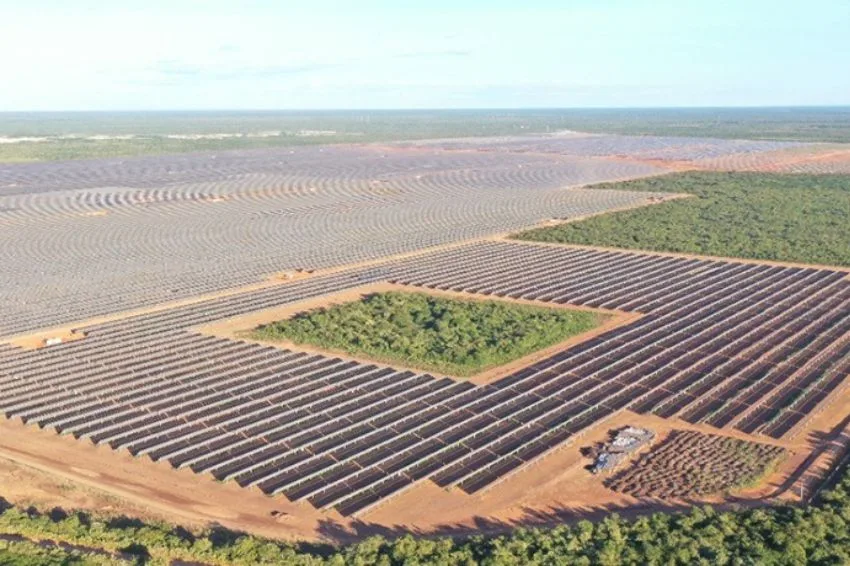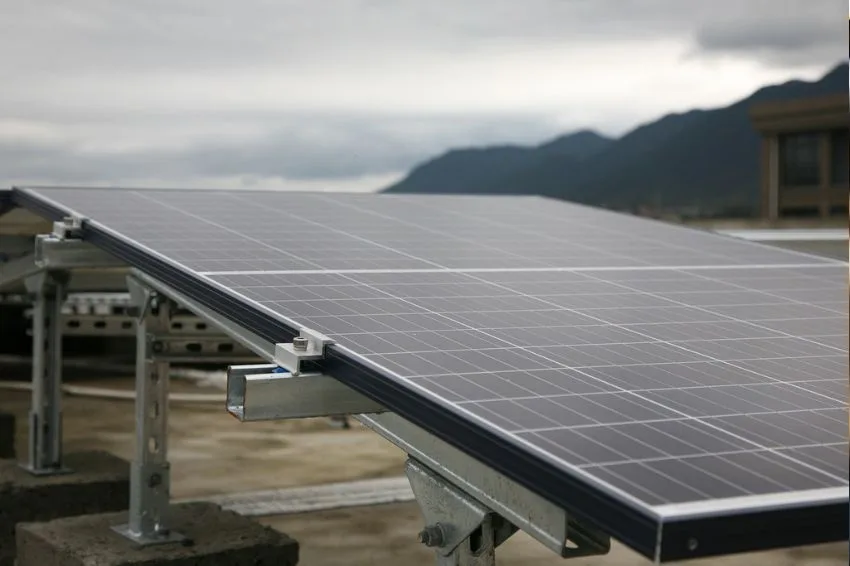On the day it is celebrated World Energy Day, the ONS (National Electric System Operator) made public that the demand for electrical energy between the months of January and April was served mainly by clean and renewable sources, such as hydro, wind and solar.
The production of these sources accounted for 91.4%, on average, of the electrical energy distributed in the SIN (National Interconnected System). The result was higher than the median for the same period in 2022 (87.8%).
“The numbers attest that Brazil has a high capacity for generating clean energy, compared to other countries. The Brazilian electrical system is already supported by renewable sources that also offer energy security, that is, they can fully meet load and power demands”, the agency published in a press release.
The percentage by source indicates that, between the months of January and April, it was, on average, 77.2% for hydraulic generation, 11.5% for wind and 2.7% for solar generation.
“The results are a reflection not only of the good use of resources, but also of the increase in the number of plants, the growth of renewable sources, notably wind and solar, as well as the good results of Stored Energy (EAR) measured in the wet period of 2022 /2023”.
Stored Energy
In April 2023, the EAR (Stored Energy), that is, the capacity to generate electricity using the force of water, in the Southeast/Mid-West registered 86.2%, the best result for the month of April since 2011 (87.8% ). The increase compared to April 2022 was 19.7 pp (66.5%).
The EAR indications in the Southeast/Central-West for the end of October 2023 are between 73.4%, in the lower scenario, and 88%, in the upper one. Even if the lowest estimate is confirmed, it will be the best EAR for the subsystem at the end of October in the entire historical series, starting in 2000.
The SIN presents a similar projection, with the possibility of reaching the highest EAR level at the end of October in history, with prospects varying between 70.4% and 81.6%.















